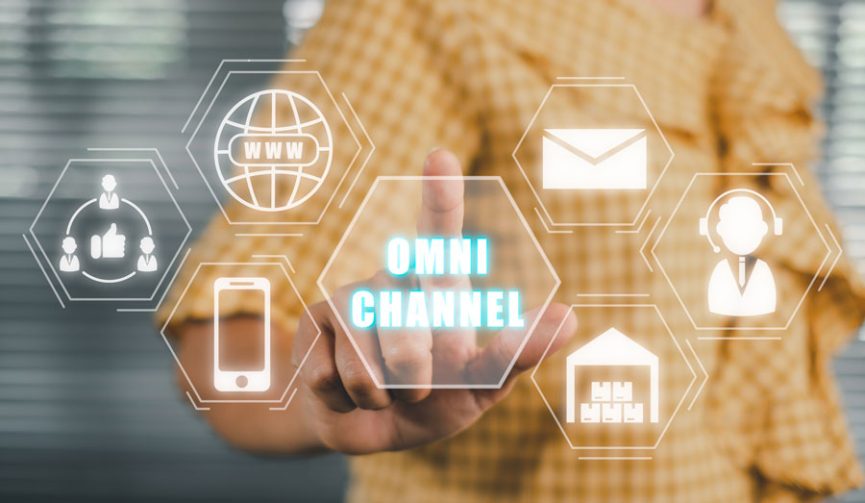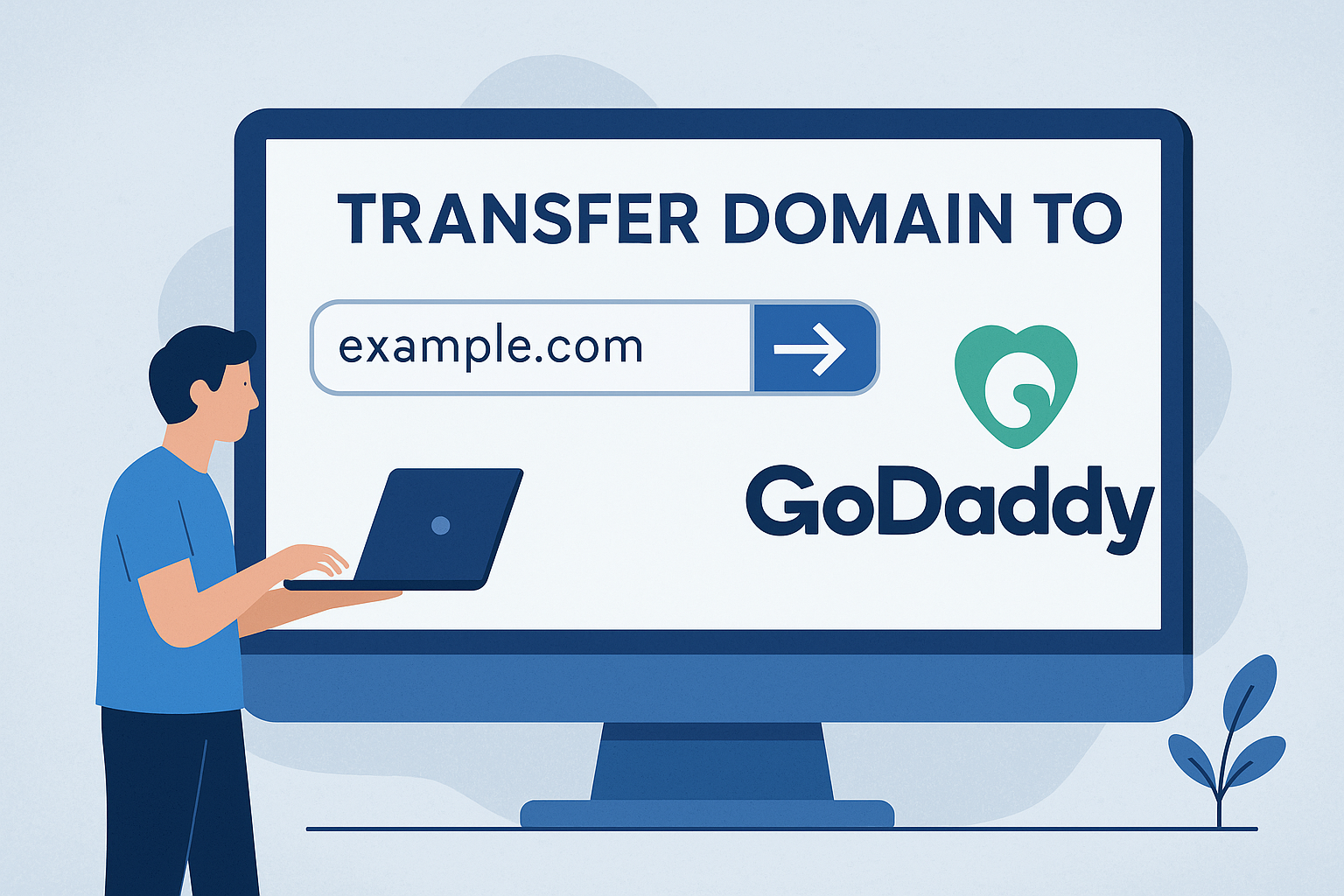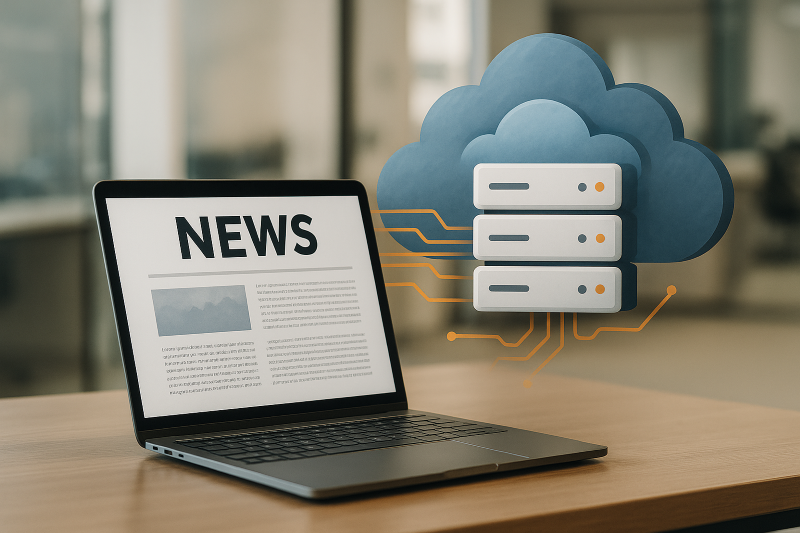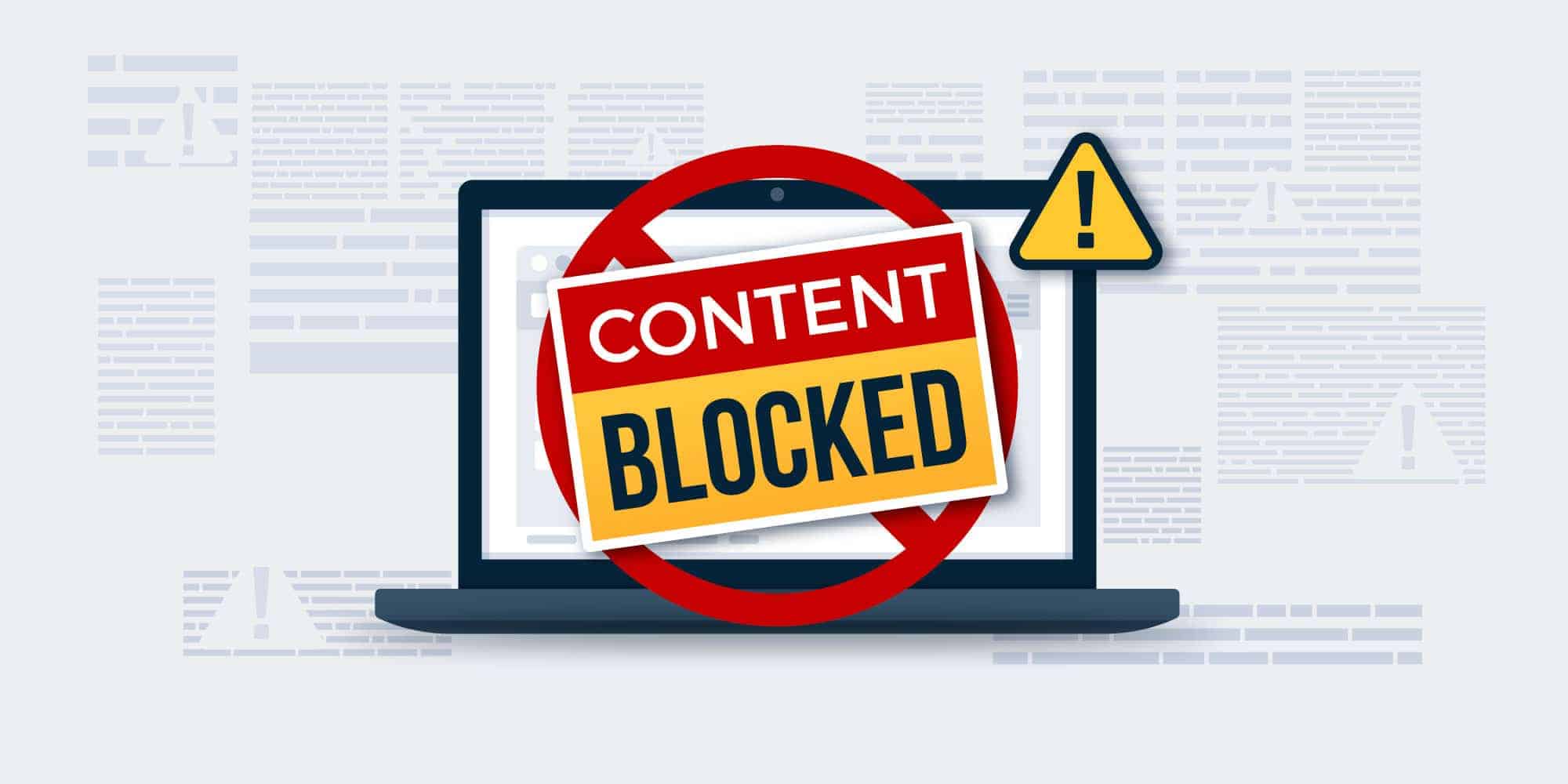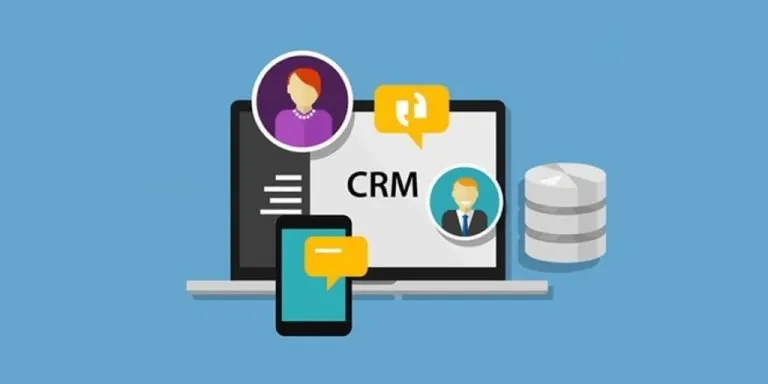Advertising disclosure
Hosting Canada is community-supported. We may earn a commission when you make a purchase through one of our links. Read Disclosure.
Omnichannel Marketing: The Best Way to Boost Your Business in 2025
Imagine you’re scrolling through your favorite online store, then walking into their physical shop, and finally completing your purchase on their mobile app—all while feeling like you have one seamless, connected experience.
Welcome to the world of omnichannel marketing. It’s the secret sauce that’s transforming how businesses connect with customers, and it’s a key strategy for new businesses wanting to build a strong online presence
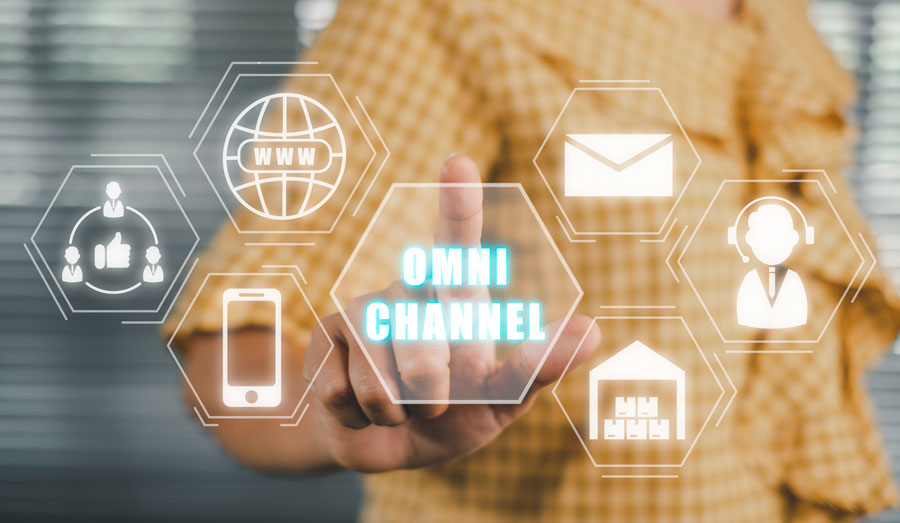
Here’s a look at some of the best website builders:
| Blogging Platform | Key Features | Best For | Visit |
| Hostinger | $8-20 /month, free migration, local data centers, ecommerce builder, 99.9% uptime guarantee | Budget-conscious entrepreneurs | Hostinger |
| Wix | $17-159 /month, drag-and-drop design, extensive templates, ecommerce platform, AI tools | Creative professionals, design-focused businesses | Wix |
| WordPress | $4-45 /month, highly customizable, extensive plugin ecosystem | Businesses needing advanced functionality | WordPress |
Omnichannel Domination: How to Build a Winning Strategy
So, what is omnichannel marketing? In short, it’s a strategy focused on creating a relationship with customers that feels personal, smooth, and intuitive, no matter where or how they interact with your brand.
Traditional marketing is like talking to someone who constantly changes their personality depending on where you meet them. One moment they’re professional on LinkedIn, then they’re casual on Instagram, and then entirely different in a physical store.
Confusing, right?
Omnichannel marketing is the opposite. It’s about creating a consistent, reliable brand personality that feels like catching up with an old friend, one you can rely on no matter where you interact. We all know the feeling. It’s familiar and comfortable. While multichannel marketing means just being on different platforms, omnichannel marketing makes sure the experience is smooth and consistent across all of them.
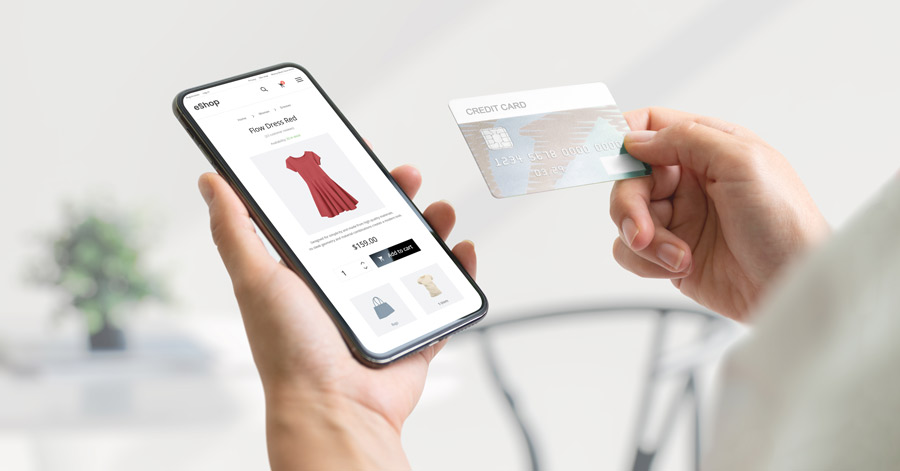
Let’s paint a picture: Amy loves fashion and discovers a new clothing brand. She starts by exploring their online catalog during her lunch break. She swipes through stylish outfits on her phone. Later that week, she visits the physical store, tries on a few things and gets advice from a knowledgeable sales associate. Finally, she completes her purchase through the brand’s mobile app while relaxing at home.
In a truly omnichannel world, Amy’s experience feels magical. The online recommendations match what the store stylist suggested. Her saved items transfer between platforms. The brand remembers her preferences, size, and past purchases.
It’s more than shopping — It’s a personalized journey.
As we move into 2025, businesses aren’t just selling products—they’re building entire experiences. Customers don’t see channels, but instead, one brand, one story, one relationship. And that’s the heart of omnichannel marketing: turning digital interactions into genuine human connections.
How Small Businesses Can Benefit from an Omnichannel Approach
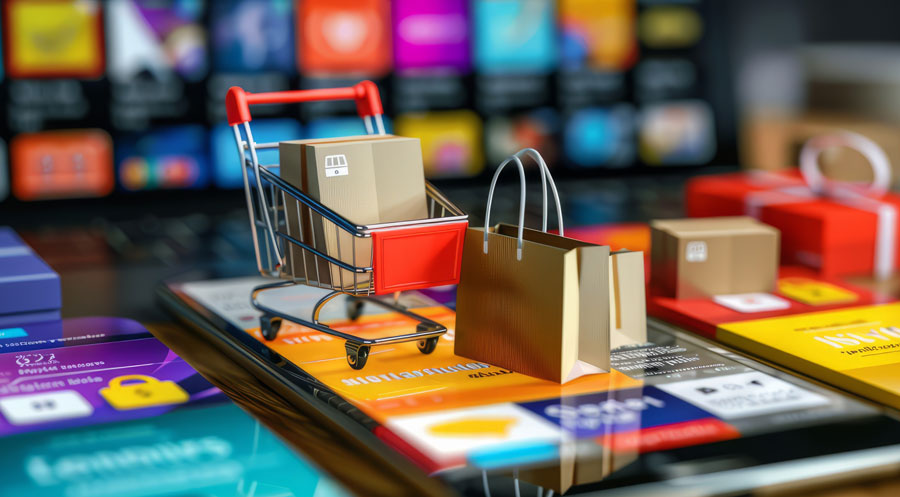
For new entrepreneurs, adopting an omnichannel strategy offers several key benefits:
- Stronger Customer Loyalty: When you provide smooth, personalized experiences, it builds stronger connections with your customers. People like brands that make their interactions easy and relevant to their needs.
- More Engagement and Sales: A consistent approach helps you connect with customers wherever they are. This makes it easier for them to shop. When customers can move seamlessly between channels without losing track, they’re more likely to buy and come back.
- Better Insights and Data: An integrated strategy allows you to gather better data and gives you a clearer picture of how customers behave and what they like across your various platforms.
Be Competitive: Must-Have Tools to Get Ahead in 2025

Technology has made it easier than ever for small businesses to adopt omnichannel strategies. For example, advanced AI chatbots can now provide personalized customer support across multiple channels, including websites, social media, and mobile apps. These chatbots offer instant help and can guide customers through questions or issues. They also collect valuable data on customer interactions that can be used to refine future strategies and improve customer experience.

Another tool small businesses can use is real-time data analytics. Modern analytics platforms allow businesses to track customer behavior across various channels in real time. This gives businesses deeper insight into how customers are engaging with their brand and helps refine marketing tactics and bolster the overall customer experience.
Integration platforms also make it easier to connect different aspects of your business. E-commerce platforms, social media, email marketing, and CRM systems can work together seamlessly. This synchronization ensures that customer data and experiences are consistent across all touchpoints. This helps deliver a more personalized and smoother journey for your users.
Actionable Steps to Get Started

Implementing an omnichannel strategy doesn’t have to be complicated. Here are some practical steps for new business owners:
- Map Your Customer Journey: Look at all the ways customers might interact with your brand. This could be from your website to your social media accounts or in-person interactions. Identify any areas where the experience might feel disconnected or confusing. Use that as a compass to find ways to make transitions smoother.
- Align Branding and Messaging: Make sure your brand has a clear and consistent voice across all your channels. For example, use the same colors, tone, and key messages everywhere, whether it’s on your website, in emails, or on social media.
- Invest in Integration Tools: Look into tools that help you bring together customer data from different platforms. This will make it easier to deliver a seamless experience and keep everything connected.
Success Stories and Case Studies

Both big and small businesses have skilfully employed omnichannel strategies to create interconnected experiences for their customers. Nike, for example, has integrated its physical stores, website, and mobile app to deliver a unified shopping experience. Customers can check product availability in-store via the app, track their fitness goals, and even order customized gear. By blending both online and offline experiences, Nike manages to build a loyal customer base that values convenience and personalization.
Smaller companies have equally impressive approaches. Warby Parker provides an excellent case study of omnichannel innovation in the eyewear industry. They’ve created a smooth experience that bridges the digital and the physical. Customers can try on glasses virtually using their app, order frames online, and pick them up in the store. This integration of digital and in-person contact points ensures that the brand’s identity remains consistent, regardless of where its customers interact with it.
Sephora further demonstrates the power of omnichannel marketing through innovative digital tools like the Sephora Virtual Artist. This feature lets customers experiment with how makeup looks directly from their phones to create a personalized and engaging experience that transcends traditional shopping boundaries.
Future Trends to Watch in 2025

The future of omnichannel marketing is set to be shaped by AI and automation. Small businesses will be able to offer smarter, more personalized experiences across all touchpoints and in turn, make customer interactions smoother and more relevant. These tools will help you stay ahead of the competition and provide a better, more connected experience for your customers.
We’re already seeing an explosion of AI-driven tools that make customer experiences more personalized and efficient. In 2025, AI-powered personalization will simplify how small businesses offer tailored experiences across their different platforms. By using AI to analyze customer data in real time, businesses can send personalized product recommendations, special offers, or dynamic content that adjusts to each person’s preferences as they interact with your brand.
Another area to watch is predictive customer engagement. Advanced analytics will help businesses predict customer needs before they even arise. By looking at past behavior and preferences, you can reach out to customers at the right time with the right message, whether it’s offering a discount on a product they’ve been eyeing or providing help before they need it. This proactive approach will help build loyalty and drive sales.
Best Blogging Platforms for Your Omnichannel Journey
Choosing the right blogging platform is key to supporting your omnichannel strategy. To the digital world, your blog isn’t just a content hub—it’s a critical entry point that bridges your brand’s online presence across multiple channels.
The ideal platform should easily integrate with your social media, email marketing, and other digital platforms. It should also allow you to build a unified experience that reinforces your brand’s voice and reaches customers wherever they are in their journey.
Here’s a quick breakdown of three popular options and what makes each unique:
- Hostinger: Perfect for entrepreneurs on a budget, Hostinger offers plans ranging from $8 to $20 per month. You get free website migration, local data centers for better speed, an ecommerce builder, and a 99.9% uptime guarantee.
- Wix: Creative businesses and design enthusiasts often lean towards Wix. Starting at $17 and going up to $159 per month, it offers an intuitive drag-and-drop editor, a vast range of templates, ecommerce solutions, and even AI tools to simplify your workflow.
- WordPress: When advanced functionality and customization matter most, WordPress is hard to beat. It starts at a budget-friendly $4 per month but can scale up to $45 for high-end features. With its unmatched plugin ecosystem and flexibility, it’s perfect for businesses with complex needs.
Choose the one that fits your needs and budget.

